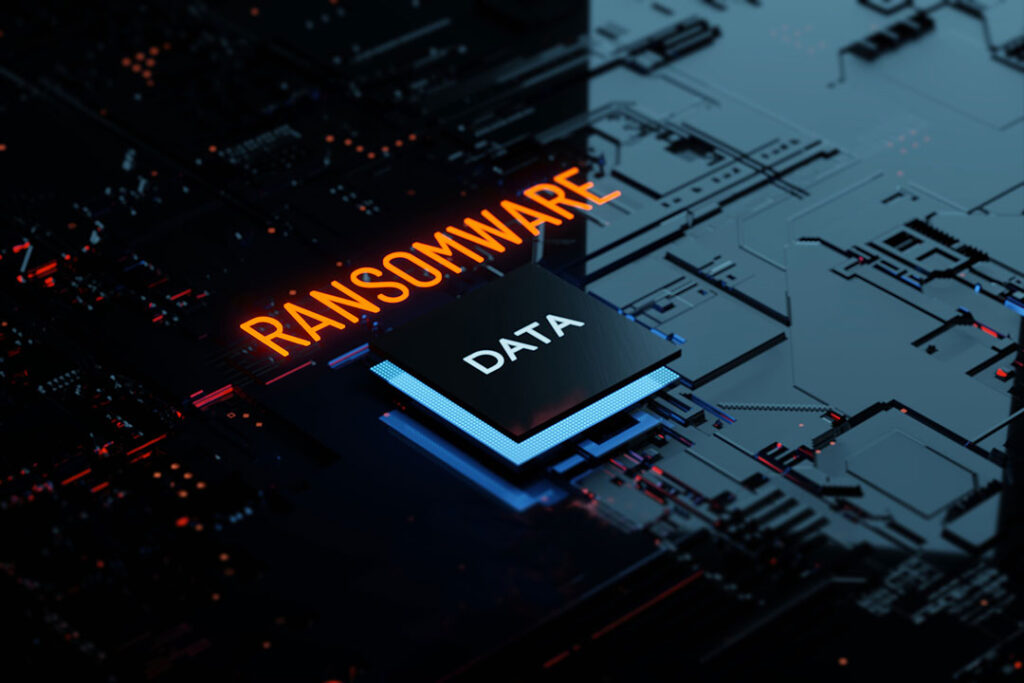THE WATCH STAFF
The United States and its allies and partners are fortifying their cyber defenses to detect, deter and counter malicious actors, whether they are ransomware attackers linked to the Russian government or hackers tied to the Chinese Communist Party.
Viewed as a national security threat, the breaching of computer networks and systems by state and nonstate hackers has elevated concern among like-minded democracies. The unified and robust response follows costly and disruptive cyber assaults on governments, companies, critical infrastructure, research institutions and other entities worldwide.
In a communique issued after their mid-June 2021 summit in Brussels, the heads of state and government of NATO’s 30 member nations highlighted cyber threats as “complex, destructive, coercive, and becoming ever more frequent,” citing recent ransomware attacks.
“Reaffirming NATO’s defensive mandate, the Alliance is determined to employ the full range of capabilities at all times to actively deter, defend against, and counter the full spectrum of cyber threats, including those conducted as part of hybrid campaigns, in accordance with international law,” they noted.
The communique confirmed that NATO will determine case by case whether a cyberattack against a member state would prompt invocation of Article 5 of the alliance, which calls on all NATO members to respond to an armed attack against any one member.
“Allies recognize that the impact of significant malicious cumulative cyber activities might, in certain circumstances, be considered as amounting to an armed attack. … If necessary, we will impose costs on those who harm us,” the NATO leaders said. “Our response need not be restricted to the cyber domain.”
Just weeks after the Brussels summit, the Russia-linked ransomware gang known as REvil was identified as the culprit in a July attack targeting more than 1,000 businesses in at least 17 countries, Bloomberg reported. A network of Russian government hackers was blamed for a subsequent cyberattack against the Republican National Committee in the U.S. Russian officials denied Moscow’s involvement in the crimes, according to Bloomberg.
U.S. President Joe Biden emphasized during a call with Russian President Vladimir Putin days after the hacks that Moscow must help disrupt ransomware groups, reinforcing a message he delivered in person to Putin during their mid-June summit in Geneva.
“President Biden reiterated that the United States will take any necessary action to defend its people and its critical infrastructure in the face of this continuing challenge,” the White House said in a statement after the July 9 call.
The U.S. has initiated a series of measures to bolster the nation’s cybersecurity, including a National Security Memorandum on “Improving Cybersecurity for Critical Infrastructure Control Systems,” which outlines enhanced mitigation to protect petroleum and natural gas pipelines, electrical grids, water supplies, transportation networks and other vital assets.
Additionally, in early August 2021, the U.S. Cybersecurity and Infrastructure Security Agency unveiled its Joint Cyber Defense Collaborative, a public-private initiative to “design and implement comprehensive, whole-of-nation cyber-defense plans to address risks and facilitate coordinated action.” The private sector partners include tech giants such as Amazon,
Google and Microsoft.
“This will uniquely bring people together in peacetime, so that we can plan for how we’re going to respond in wartime,” Jen Easterly, the agency’s director, told The Wall Street Journal newspaper.
Federal law enforcement agencies also are responding forcefully. The U.S. Department of Justice in July 2021 unsealed indictments against four Chinese nationals implicated in a global malware attack to steal confidential business data and intellectual property. The hackers operated on behalf of the Chinese communist regime’s state security apparatus, prosecutors said.
With more than 4.6 billion internet users globally and nearly 29 billion networked devices projected to be in use by 2022, the proliferation of digital technologies is “opening new potential domains for conflict and the ability of both state and nonstate actors to carry out attacks, including across international borders,” according to Izumi Nakamitsu, the United Nations high representative for disarmament affairs.
Addressing a U.N. Security Council virtual meeting on cybersecurity in late June 2021, Nakamitsu said that nations “must remain vigilant in our understanding of malicious use of such technologies that could imperil the security of future generations.”

